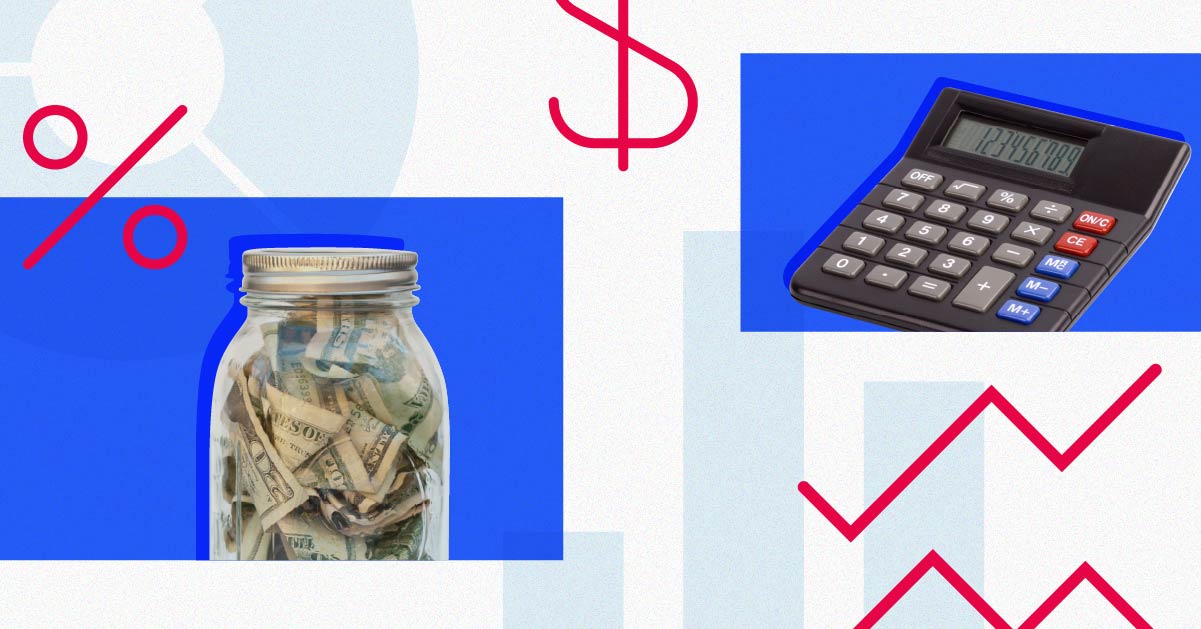Why You Should Fill Out the FAFSA (Even if You Think It’s a Waste of Time)
The student aid application for the 2024-25 school year is open. Don’t skip it.

It’s time to fill out the Free Application for Federal Student Aid, known as FAFSA, for the 2024-25 school year. The typical Oct. 1 start date was delayed as major changes were implemented as part of the FAFSA Simplification Act, but the new application is now available. You can still submit the FAFSA for the 2023-24 academic year until June 30, 2024, but try not to wait too long—filing early gives you a better chance of maximizing the amount of aid you receive.
Many people assume that filling out the form would be a waste of time. Maybe they believe it’s time-consuming, and they’re not sure if they would qualify for aid anyway. But this one (free) form can determine a student’s eligibility for myriad grants and aid for all income levels. Also, the information you report determines eligibility for federal subsidized and unsubsidized loans, which can be very affordable alternatives to other types of loans.
Though the rollout of the new FAFSA has been somewhat shaky, it’s still important to fill out the FAFSA for 2024-25. The Department of Education will begin processing the forms in late January.
Eligible Students Leave Free Money on the Table Every Year
According to estimates from sources like Edvisors and NerdWallet, over 1 million students who would have been eligible for a Pell Grant never filled out the FAFSA. The maximum Pell Grant award for the 2023-24 school year is $7,395—an amount that goes a long way toward paying a tuition bill and, unlike a loan, doesn’t need to be paid back.
It’s true that the higher your family’s income is, the lower your chances of receiving this type of federal grant. According to the Department of Education, in 2020-21, approximately 66% of all Pell Grant recipients had incomes less than or equal to $30,000. That said, Pell Grant eligibility will be expanded for the 2024-25 academic year.
But the Pell Grant isn’t the only reason to fill out the FAFSA. Information submitted on it can qualify students for other nonfederal grants—from state governments, private entities, and colleges themselves—that are available to students from higher-income households as well. Even some merit-based scholarships offered by colleges and universities require applicants to file the FAFSA. Thus, many college planning experts recommend that students from higher-income households also fill out the FAFSA (or, if your college instructs you, the CSS Financial Aid Profile form).
Don’t Assume Filling Out the FAFSA Is Too Much Trouble
The FAFSA takes the average student less than an hour to fill out, according to the Department of Education’s federal student aid website. And the new form may take less time than that. Even if that’s an optimistic estimate, the form costs nothing to fill out, and it could be well worth the time spent if it saves your family money.
The Department of Education has implemented some changes that aim to make it easier to fill out the form for 2024-25. For one, drug-related convictions will no longer be grounds for disqualification from receiving federal aid. If you make a mistake on the form, you can go back and edit your submitted FAFSA until the corrections deadline. (That’s Sept. 14, 2024, for the 2023-24 school year.)
Also, many users can pull in their family’s tax information directly from the IRS using the IRS Data Retrieval Tool. The benefit of using this tool is that the information is transferred directly from the IRS and automatically populates the form, which saves time and ensures greater reporting accuracy. And, according to the IRS, using the tool reduces the likelihood that the school’s financial aid office will select your form for verification (wherein the student’s family would be required to supply additional documentation for the information reported on the FAFSA).
Fill Out the FAFSA Every Year. Don’t Wait Until the FAFSA Deadline.
Don’t procrastinate. Though it’s tempting to focus on the FAFSA’s June 30 deadline and think there’s no rush to complete it, many states and colleges have earlier deadlines for applying for state and institutional financial aid. It is highly recommended that you fill out the form as soon as you can to ensure that you don’t miss out on any aid.
Lastly, remember that you need to file the FAFSA every academic year. Eligibility for student aid does not carry over from one academic year to the next. Variables such as your family’s income level in a given year and the number of family members enrolled in college at the same time will affect the amount of aid a student is eligible to receive.
The author or authors do not own shares in any securities mentioned in this article. Find out about Morningstar’s editorial policies.

/s3.amazonaws.com/arc-authors/morningstar/96c6c90b-a081-4567-8cc7-ba1a8af090d1.jpg)
/cloudfront-us-east-1.images.arcpublishing.com/morningstar/ZLDA7BGZZFCDHCDRMM4AZLHG4A.jpg)
/cloudfront-us-east-1.images.arcpublishing.com/morningstar/JNGGL2QVKFA43PRVR44O6RYGEM.png)
/cloudfront-us-east-1.images.arcpublishing.com/morningstar/GQNJPRNPINBIJGIQBSKECS3VNQ.jpg)
:quality(80)/s3.amazonaws.com/arc-authors/morningstar/96c6c90b-a081-4567-8cc7-ba1a8af090d1.jpg)